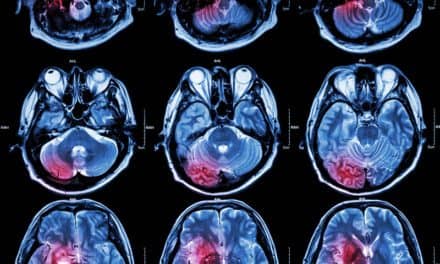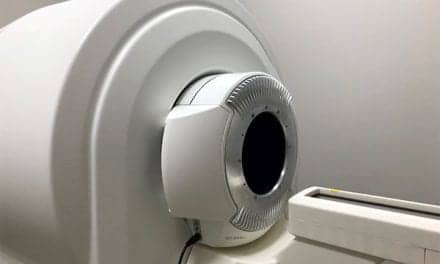We use our wrists constantly, but how do they work? In a new Journal of Biomechanics article, researchers proved a longtime assumption about individuals’ right and left wrists, while also finding differences between wrists of males and females. Both discoveries could help inform and guide future treatments.
“If someone has dysfunction of the wrist, it really impacts their quality of life,” explains University of California (UC), Davis biomedical engineering graduate group member and article first author Brent Foster, who also was selected for a National Science Foundation Graduate Research Fellowship to create a wrist-anatomy model. Foster currently is a graduate student in Dr. Abhijit Chaudhari’s lab in the UC Davis Department of Radiology, and his co-authors include orthopedic surgeons, a radiologist, and medical imaging experts at UC Davis and the University of Southern California.
Foster and his team scanned both wrists of 18 individuals—nine men and nine women of varying ages—with no history of wrist injuries, disease, or pain. Using MRI techniques, which allow 3D views of wrists in motion, the researchers tracked five-way movement of the write bones and joins. Advanced mathematical techniques were used to analyze the images and generate robust models of wrist motion.
The results showed that while individual’s left and right wrists are similar, there were gender-based wrist differences. With an initial hypothesis that there would not be significant wrist differences between the male and female volunteers, the actual measurements changed their minds: “While there is literature about scaling differences between male and female wrists, we are able to examine if bone trajectories during wrist motion differ by gender,” says Foster.
Wrist conditions such as carpal tunnel syndrome do disproportionately affect women, although it’s not clear why, Chaudhari notes.
“There have historically been several theories about what wrist bones do during motion, and some cadaveric studies to support them. Analysis performed based on some of these theories illustrates sex differences, but that based on others doesn’t,” he adds. The new fast MRI and CT scanning techniques allow researchers to study live wrist bones in motion for the first time.
Foster, Chaudhari, and colleagues look forward to continuing their efforts to help people experiencing wrist pain and disorders like osteoarthritis and carpal-tunnel syndrome. “By scanning just five basic wrist movements, we were able to explain over 91% of wrist variation across individuals,” Chaudhari concludes. “We’re excited to use these innovative MRI and analysis methods to make a difference in managing wrist disorders.”






